How to choose the right fertilizer for vegetables
Experienced gardeners say with confidence that it is impossible to do without fertilizers for vegetables, and beginners often make mistakes, forgetting to take into account some nuances, for example, the composition of the soil or weather conditions. As a result, part of the crop may simply die. Before start growing vegetables, you need to study a lot of useful information. There are three ways to fertilize:
- The main thing is done in autumn or early spring for digging.
- The seeding is carried out in the wells during planting.
- Top dressing is carried out during the growing season.
Early vegetables, especially cabbage, consume more nutrients from the soil. For the first feeding, it is best to take a mullein diluted with water in a ratio of 1:10. A lot of nitrogen and potassium is required during heading, so you can add Kristalon, nitrophosphate, Polyfid SL. Abuse of nitrogen preparations will lead to the accumulation of nitrates, slow down development, reduce the quality - more cracked fruits will appear.
Cucumbers
Cucumbers require frequent and abundant watering, however, soluble fertilizers quickly go below the root level, so they need to be fed every two weeks. Most of the nutrients are in demand during the fruiting period. In addition to the usual mineral preparations, complex preparations are also needed. This is especially true for poor soils. Good impact will have urea, hydrocomplex, Agricola.
Tomatoes
Tomatoes, especially young ones, are very much in need of phosphorus, which increases vitamin levels. C, as well as improving the quality of the product. When ripe, plants need potassium and nitrogen. The first feeding is carried out with a complex composition during intensive growth, using a Solution, Stimulus, nitrophoska, chicken droppings or mullein. During the period of fruit formation, it is necessary to increase the potassium nutrition - vegetables are fed with wood ash or potassium sulfate.
Carrot
Carrot does not like high nitrogen content, as it slows down its development, promotes the accumulation of nitrates. The root vegetable responds well to small doses of superphosphate and potassium chloride. If the plant is weak, grows poorly, and the tops are pale, it must be supported with a mineral complex preparation or ash must be added - one glass per square meter of area.
Beet
Beets prefer sodium and boron, as well as balanced doses of nitrogen, potassium, phosphorus. At the very beginning of development, culture needs warmth, so the norms nitrogen fertilizers, in comparison with carrots, are doubled. Two months before harvesting, all feeding should be stopped. During the period of active maturation, it is recommended to add ash.
Fertilizers
There are many different ways to increase the yield of your garden crops. A very special place among them is occupied by organic fertilizers - manure of cattle, pigs, peat, chicken droppings, household waste and composts based on them. They differ in a high content of useful components, but before using them, it is nevertheless recommended to conduct a soil analysis in order to find out in detail what substances need to be introduced for each type of plant:
- Manure has an effect on the growth of vegetables, very effective on light soils. They most often fertilize cabbage.
- Slurry is rich in nitrogen and potassium and is quickly and without loss absorbed by vegetables.
- The compost is suitable for all types of soil, quickly and easily saturates plants.
- Poultry droppings are saturated with nitrogen. Before using it, it is insisted for several days, and then diluted with water.
- Eggshells are a source of calcium carbonate and are a good lime additive.It is introduced, previously crushed, into acidic soil at the rate of 500 grams per one meter of area.
- Infusions of plants (primarily nettle) contain all the necessary complex of nutrients, are easily digested. Can be applied to the soil or sprayed with foliage.
Special care is needed with mineral compositions, since they, if they get on the leaves, can cause burns. They need to be alternated with organic ones.
- Nitrogen accelerates growth, but its excess reduces the immunity of vegetables - they begin to hurt. In addition, the concentration of nitrates increases. Most often this occurs from the introduction of a large amount of ammonium and sodium nitrate. The deficiency of the element is indicated by the leaves, the veins of which turn red, and the stems - fibrous. The buds turn yellow and then die off.
- Phosphorus increases the resistance of plants to cold. It is especially relevant in regions with a harsh climate. Superphosphate need to be brought to the beds in advance, even before planting vegetables. The first sign of deficiency is a purple leaf color, first spots appear, and then the entire surface changes.
- Potassium participates in the most important metabolic processes, activates the activity of enzymes, and has a positive effect on the quality of the crop. Its deficiency slows down the growth of the culture, the leaves become gray, the edges turn yellow.
Tip: Many gardeners scatter dry fertilizers over the beds, covering them with a rake, but from such a procedure there is more harm than good - small roots are formed, and the ground part of the plant reduces growth.
Liquid mineral preparations sprayed over the leaves act very quickly and effectively. This procedure should be carried out early in the morning, while the plants are wet with dew, so they are better absorbed. You can do a nourishing shower during the day, but only in cloudy, not rainy weather.
The value of timely feeding
If the soil is rich in nutrients, then fertilizing vegetables is not required, but this is almost never the case. Usually early ripening crops are fed once a season, medium and late - 2-3. Nutrients have a positive effect on plant development:
- Increases germination and germination of seeds.
- Stimulates the formation of a strong root system.
- They smooth out stressful conditions during transplantation.
- Promotes rapid rooting of seedlings.
- Improves immunity.
- They prevent the development of diseases.
- Stimulates the formation of the ovary.
Top dressing are: liquid, applied to the ground or to the leaves; dry, embedded in the ground. Fertilizers are applied after rain or abundant watering of the site, because in a drought they will not be of any benefit.
Even a small deficiency of any element can have a negative impact on the development of the culture, therefore it is very important to timely perform such work, which will allow you to get a higher yield.
It is important to remember that a combination of fertilizers with other agricultural techniques will give maximum efficiency: careful selection of varieties, proper soil cultivation, sufficient watering, weed control, loosening of root areas.
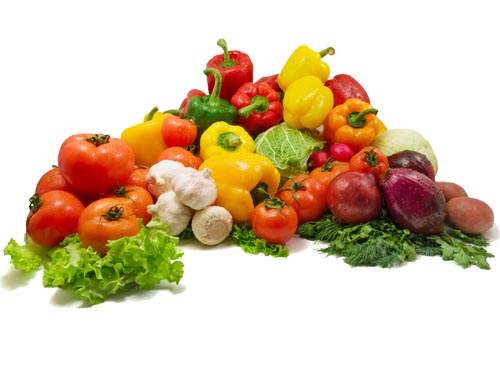
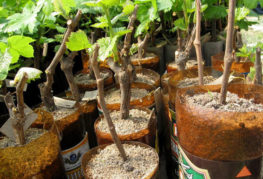
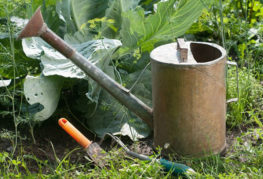
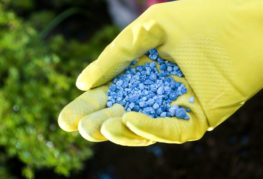
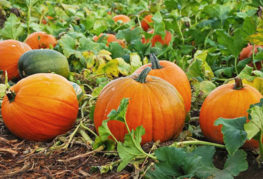
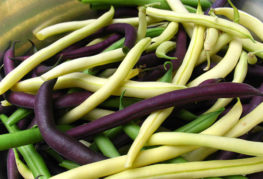
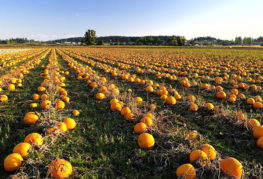
and will be published shortly.